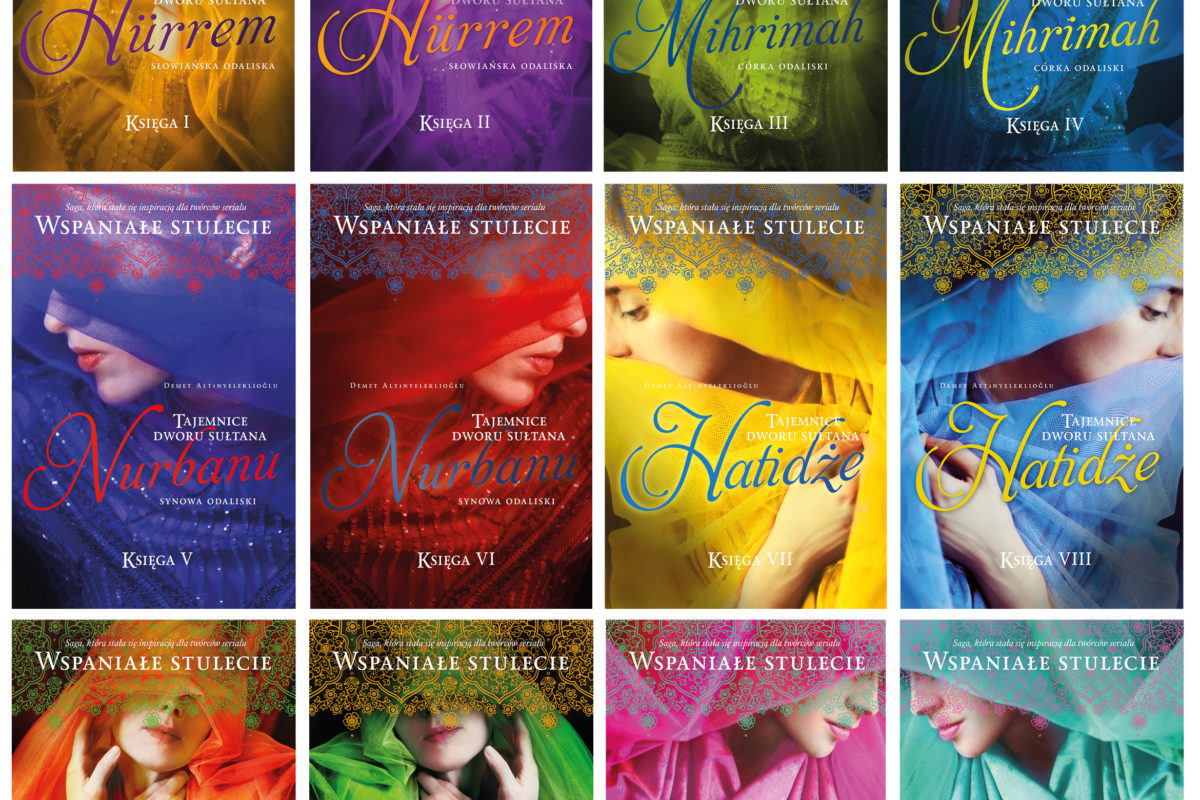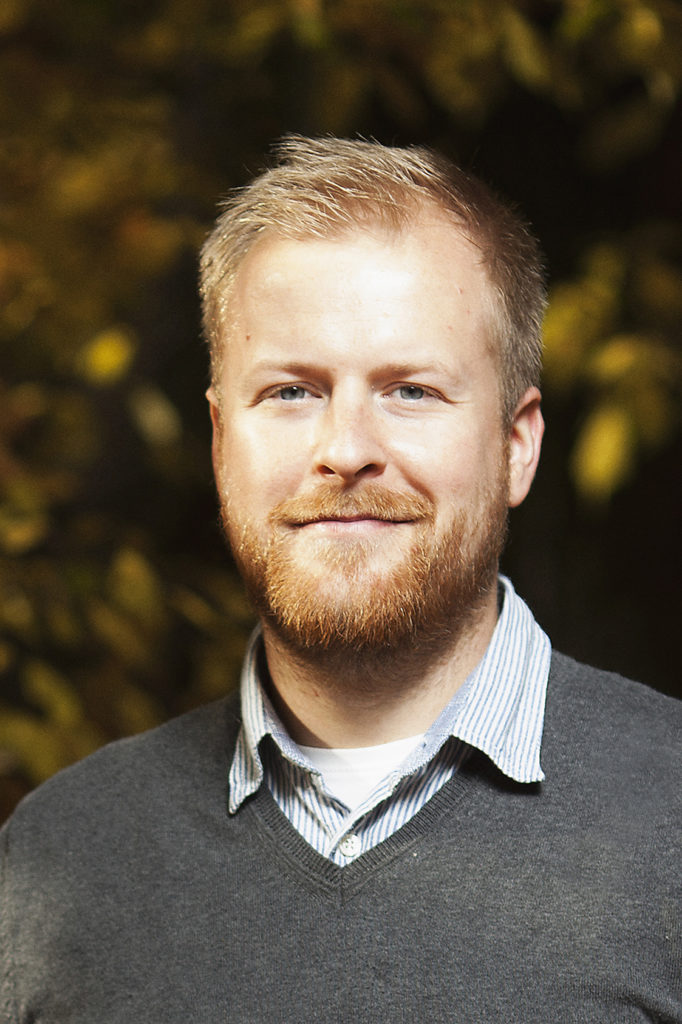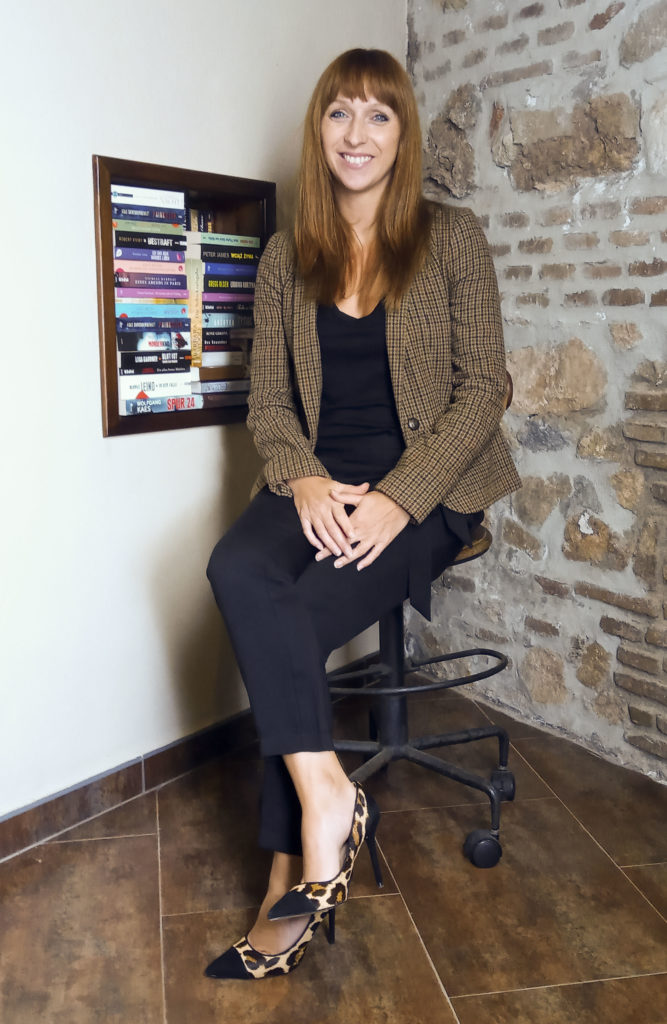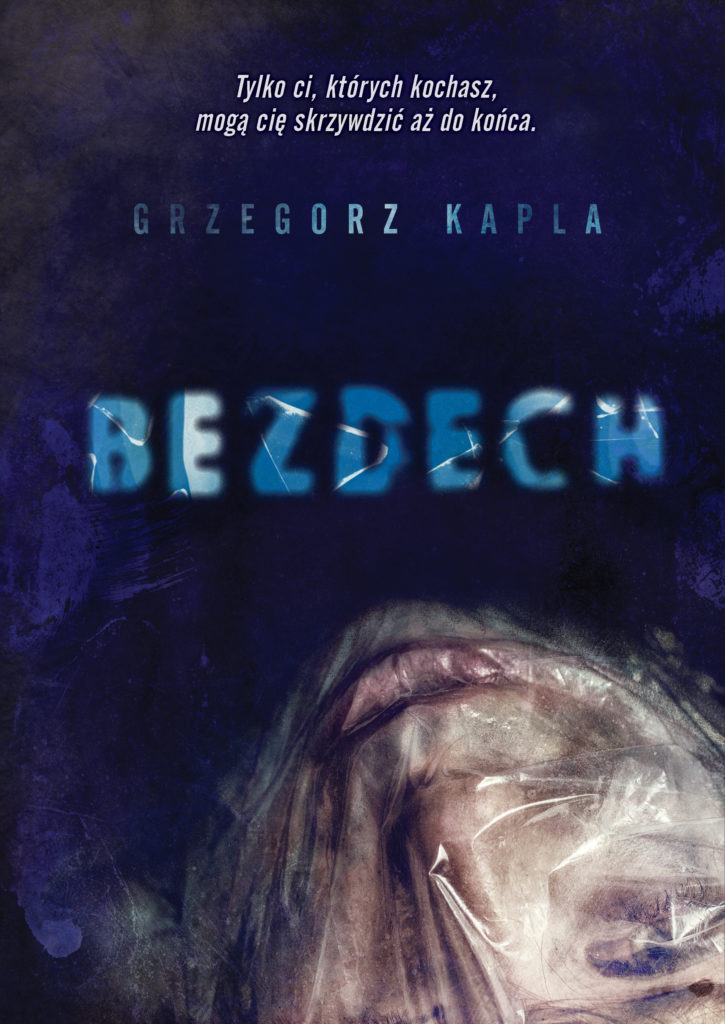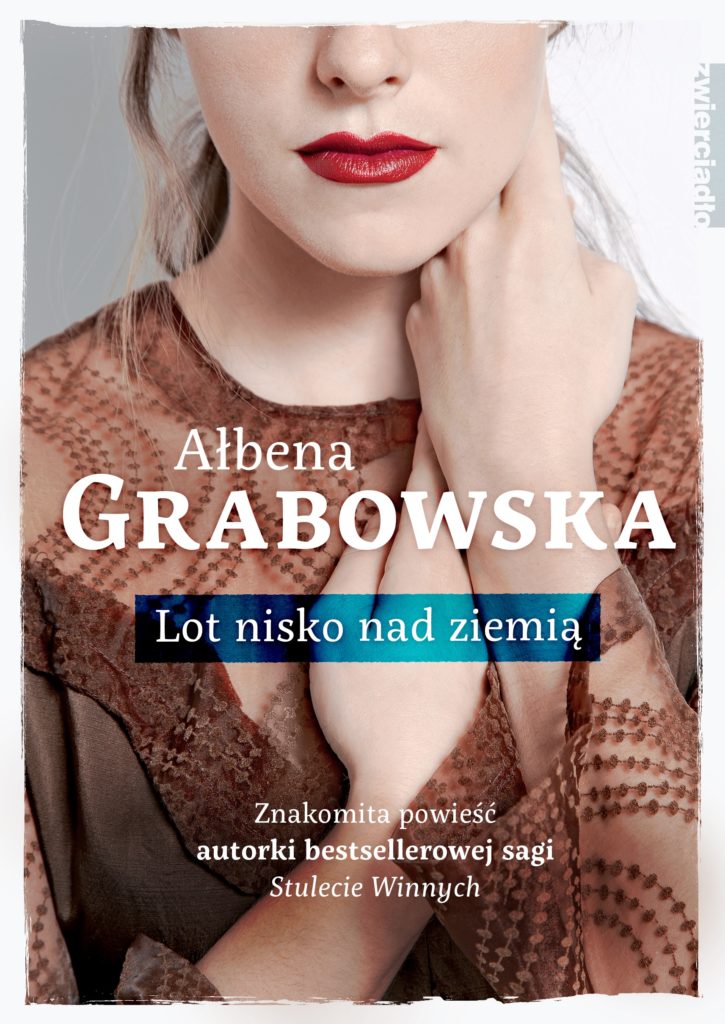Krzysztof Rychter: Designer Interview
We’re lucky to work with many talented designers among our regular clients, and we always enjoy getting to know them better!
Arcangel Account Manager Edyta Paszkowska recently spent some time with Polish designer Krysztof Rychter to find out more about him and his work…
Tell us about yourself,
and how book cover design became your career ?
I have always loved to read books but cover design was something that I was inspired by when studying in London. I began my career in design by trying out sculpture and architecture and ended up doing a BA at the Academy of Fine Arts in Warsaw. I was always interested in illustrations and photos, but eventually moved to Book Design. I was working with magazine layouts as part of my student life, but not book covers as such.
In 2004 I applied for a scholarship from the Arts and Humanities Research Board in the UK, and went to London with my fiancee. I did my Master’s Degree at Camberwell College of Art, specialising in Book Arts. One of the pieces from the final show was even purchased by the Tate Library as part of their Book Arts collection.
Before fully embracing book cover design, I worked as an artworker and designer in various positions that gave me a good technical grounding in different design areas. This foundation was critical to pursuing my career as a book cover designer.
One of the first publishers that I worked with was the academic publisher Sage Publications in London. This is where I designed my first book covers, almost fifteen years ago.
When we first worked together you were in-house at Swiat Ksiazki and Foksal (W.A.B./Buchmann/Wilga). You’ve since gone freelance; what was the movation?
When working as a freelancer, I have so much more freedom to choose the books and people that I would like to work with.
At Świat Książki I was working as an Art Director, which gave me a great opportunity to refresh and give a different vibe to all the covers that were being produced at the time. I was able to bring their cover designs into the 21st century!
Being a Creative Director meant that I wasn’t always able to work on the covers directly myself, so I would commission many covers to different designers and that inspired me to explore and finally become a freelance designer. I speak English, French and German, and I believe I have a good understanding of the cultural context in those languages, which is vital for a book cover designer.
I would love to do more work with English covers, as that language is very well suited to create striking covers. No diacritics, for example, and the lettering flow is different than, say, in Polish. As a Freelancer, I feel there are no boundaries whatsoever to working for international clients.
Do you have a favourite book genre to work with as a designer?
I think my favourite genre to work with is non-fiction, where the images are authentic and have a story to tell. It gives me a lot of satisfaction to match typography with an image, especially when it’s from historical archives.
The genres I feel most comfortable with though, would be thrillers, crime and mystery novels, because I can add more mood to the covers and I can play around with them more in terms of effects.
We’d love to know what you think about today’s book market. Are there any trends you’ve spotted?
Books and their covers are definitely printed better today than when I first started designing covers. They have more graphic effects, different definitions, rich finishes: stamping, varnish, foil… The publishing market is getting more crowded despite the digitalisation of the media, and therefore, the books have to appeal a lot more to grasp the readers’ attention while standing out from the crowd.
In general, I think in Poland there are too many books rushed into publication. There is less time to produce a book and therefore I personally have less time to work on the design.
In terms of trends, there are more covers at the moment that are created from more than one image. Typography tends to be more and more complicated, with effects added on top, which makes book covers resemble cinema posters.
The publishers are also asking for very simple designs, with large type and perhaps just a small symbol that hints the subject of the book. Very minimalistic. One cover I worked on in this category was Inna miłość szejka by Artur Ligęska and Oskar Maya, which has illustration-like qualities.

Talk us through your creative process after receiving a brief!
Usually the publisher will contact me, knowing what they can expect from me: quality, predictable turnaround times, sticking to a particular genre etc. Once I receive a short brief, I’ll then spend some time thinking about the book, visualising my first impression and establishing an initial draft e.g. if it’s better to use an image or perhaps typography alone.
If I decide to go with imagery, having looked a bit more at the title and come up with some initial ideas I’ll start searching the internet for the images I want. If I find the right images it will narrow down my idea, and then I just have to check for availability and go through the licensing process.
It usually takes two to three weeks. I still examine all the versions and choose the best ones before sending them to the publisher. There are a few rounds of going back and forth with the publisher to make sure we all agree on the best cover possible.
I love to read and that gives me a good sense of what I would like to see on the cover. Most of the time I have an option to use whichever photo agency I see suitable for the project.
What sort of clients do you work with at the moment?
I work with quite a lot of publishers, big and small. It’s always a pleasure to work on a specific project with great people who inspire me!
I try to have a mix of different types of projects and different publishers, as it helps to keep things fresh and creative. It is very satisfying to work with smaller publishers, even though they may only produce two or three titles a year. On the other end of the spectrum are big companies, which have their own production processes to work with and are a lot more formal in terms of communication.
Are there any examples of your work that you’re particularly proud of?One of my favorites is a series of books by Artur Domoslawski, using black and white original archival images with only a bit of color texture on each. I do love to work on complete series, especially in the non-fiction genre.
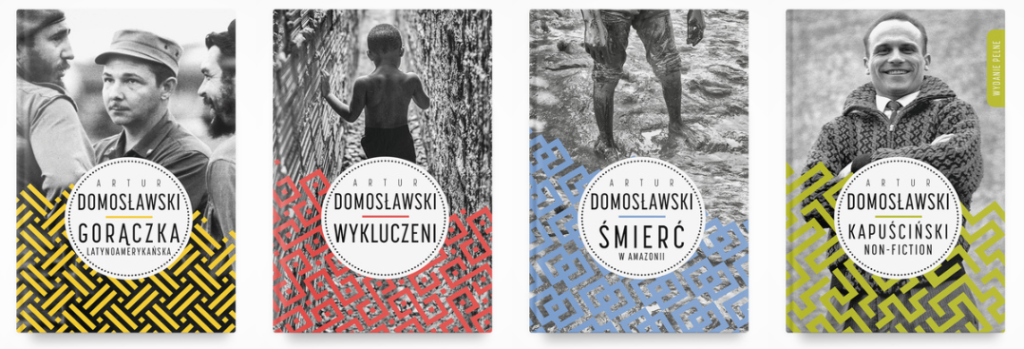
Looking through the designs you’ve done with Arcangel imagery, there’s a beautiful cover you did for an Anna Jean Mayhew title. Just the black and white image set off with a splash of green… We love it!
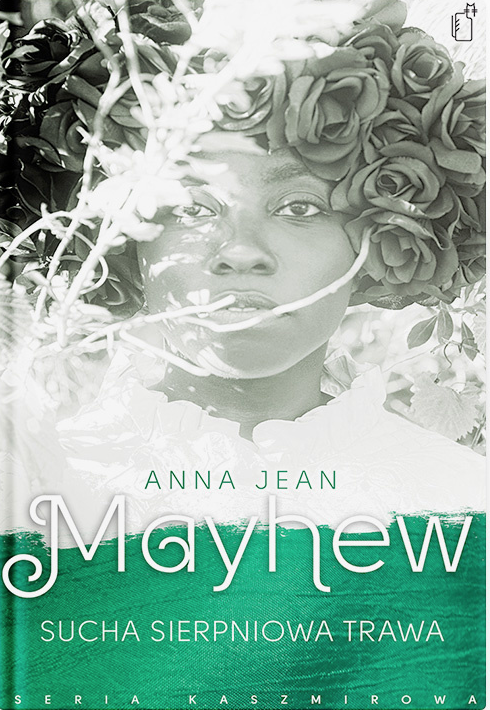
What inspires you when making a cover and choosing the image?
Well, it all depends on what the book is about. If it is something regarding the war or say the police, I would go in that direction while searching for images, making sure that I have all the right information about the period and the setting.
I can then look for the details – like an English street if the book is situated in England, or a fire escape on a building that’s typical for, say, New York City. Something that will be related to the atmosphere of the book.
I’m not an illustrator, so it is rare for me to draw, but I do sometimes use my handwriting as a text for a cover, such as Wzgórze psów by Jakub Żulczyk.
Someone once said: design is a skillful way to connect different styles of different people in a completely new way. That’s what I do.
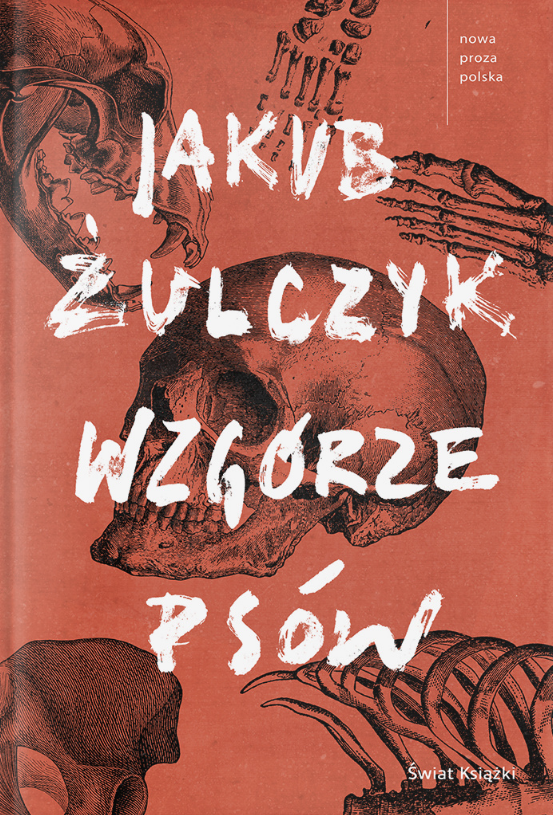
What do you enjoy about working with Arcangel?
I’m very appreciative of you giving hi-res access to longstanding clients. It makes my life so much easier and not all libraries do that.
I also appreciate that you have great communication with your photographers, and if I have a special request for a photographer – like I did last year – I know that I can contact you without any problems.
And finally, what does the future hold for you?
I would love to keep working in book cover design, as it is a niche that not every designer is able to explore.
Designing entire books is something that I’d like to do more of as well. Cookery books and albums are fun to do! One of my last projects was a coffee table book with recipes and photographs featuring a well-known Polish performing artist. The project was really nice to work on.
I also want to continue building new relationships beyond Poland, as I can’t see why a Polish designer shouldn’t work with publishers in different countries. It is a great opportunity for everyone!
Thank you for sharing your story, experience and your thoughts, it was an absolute pleasure to meet you face to face! The Arcangel team and I wish you all the best in your upcoming projects. We hope you’ll come back to us soon to design more beautiful covers with our imagery!

